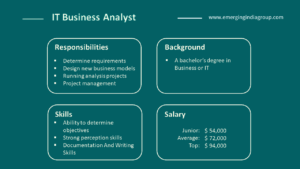
Nowadays, the world is excited to explore new technologies and we can see the revolution over time as a lot of recent research has been invented. Out of many such revolutions, the one that no one can ignore is Data Science.
As Data Science is in revolution and is quoted as the sexiest job in the 21st century, there are many terms that are used in the Data Science domain, and people are confused about these terms. This article describes these terms in terms of technicalities in a simple manner along with examples.
Below is the list of the common job titles in the Data Science Domain.
- Data Mining
- Data Analyst
- Big Data Analyst
- Business Analyst
- Data Scientist
- Data Engineer
- Big Data Engineer
- AI Engineer
- Machine Learning Engineer/Ml Ops Engineer
- Deep Learning Engineer
- Applied Scientist
- Research Scientist
- Robotics Engineer
- Product Manager
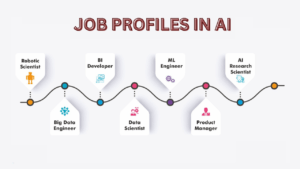
- Data Mining
Data mining is the process of converting large datasets into useful information by extracting patterns and trends.
The data mining process can be broken down as below.

- Gather the data and load it into the data warehouse
- Manage the data
- Access data as per the use case
- Analyzing and processing the data
- Present it as required by end-user
Different Data Mining Techniques are
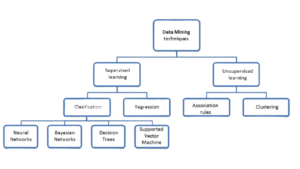
- Association Rule Mining
- Clustering and Classification
- Statistical Analysis
- Machine Learning Algorithms
- Deep Learning Algorithms
- Data Analyst
The Data Analyst is responsible for identifying, collecting, cleaning, analyzing, and interpreting the result of the analysis.
2. Big Data Analyst
A Big Data Analyst is responsible for identifying, collecting, cleaning, analyzing, and interpreting the result of analysis from big data. Data is referred to as big data if it is captured in terabytes or petabytes.
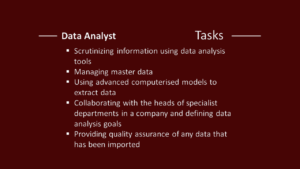
3. Business Analyst
A business analyst is a person who identifies the crucial business areas which can be worked upon in order to increase the business efficiency and maximize the profit.
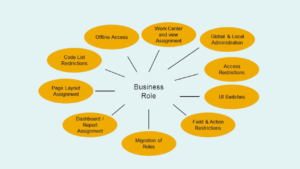
These guys work very closely with business guys and management guys in order to convey their findings to close the business loopholes.
